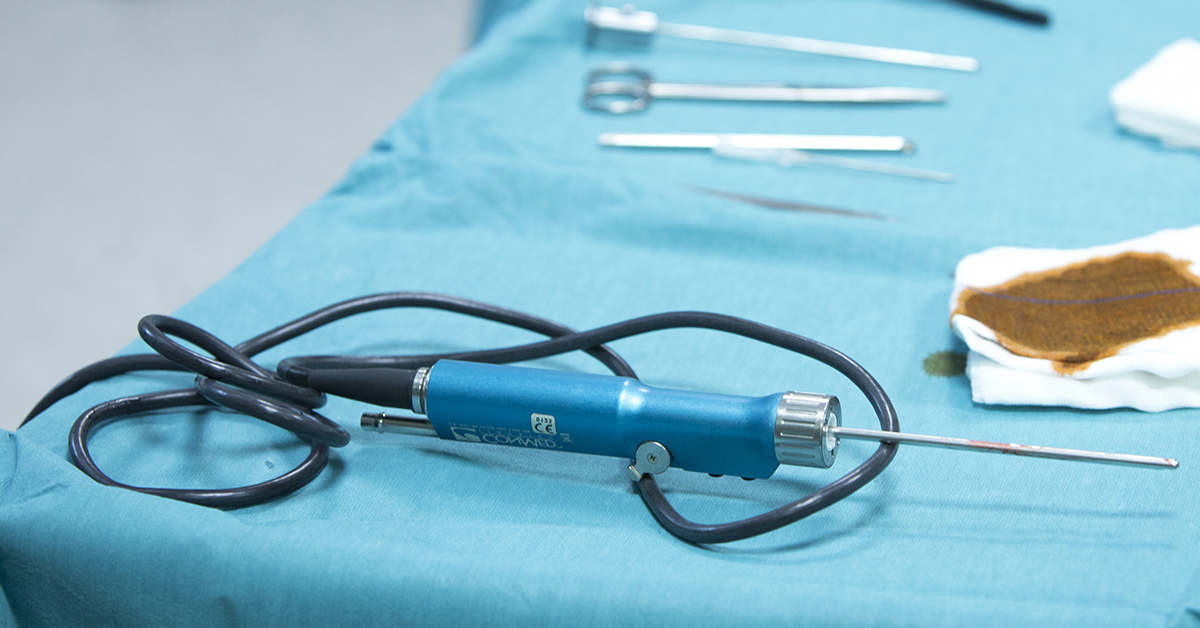
What is Arthroscopic Acromioclavicular (AC) Joint Separation Repair?
AC joint separation repair treats severe separation of the shoulder's AC joint. This is accomplished by joining together the ruptured or torn ligaments.
Who needs Arthroscopic Acromioclavicular (AC) Joint Separation Repair?
If the ligaments that hold the AC joint together are torn, it can cause the bones to separate. This is caused by trauma to the shoulder, which can occur from a sudden impact like a tackle or by landing on an outstretched arm. Symptoms of AC joint separation include swelling, bruising, pain, and a noticeable loss in range of motion. As the bones shift, bumps on the shoulder may become visible.
What are the steps in Arthroscopic Acromioclavicular (AC) Joint Separation Repair?
Before the Procedure
The patient is positioned to give the surgeon clear access to the shoulder, which is then cleaned and sterilized. The patient is given anesthesia.
Initial Incision
An incision is made above the clavicle. Because this procedure is minimally invasive, the surgeon uses special tools to perform the procedure through this incision. One of the tools used is called an arthroscope, which is a very small camera that is inserted into the joint. The surgeon uses this to examine the AC joint and to guide him through the surgery.
AC Joint Repair
To enable them to heal, the torn ligaments are pushed back together through a repositioning of the AC joint. To keep the joint in this position during the healing process, a surgical screw or heavy suture is inserted through the clavicle and into the coracoid process of the scapula.
End of Procedure
The surgeon closes the incisions with surgical staples or sutures. The area is then bandaged.
After Surgery
The patient will be required to stay at the hospital for a couple of days for observation. The arm will need to be kept in a sling. Physical therapy will be necessary in order for the joint to heal properly. If a suture is used, it will remain, but if a surgical screw is used, it will be removed six to eight weeks after the surgery.
